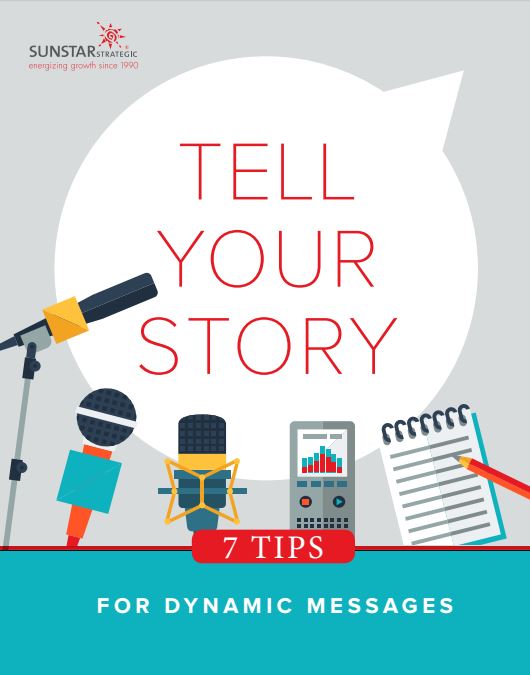One of our favorite aspects of the 2016 Rio Olympics is learning the athletes’ back stories. Hearing about their training processes, personal obstacles, and what differentiates them from their competitors has us rooting for them before they even hit the blocks.
Why do we need a story?
Because it’s human nature to gravitate toward a personal connection. Was Michael Phelps’ victory over Chad Le Clos in the 200m butterfly nearly as thrilling until you learned Le Clos beat Phelps in the event at the 2012 London games? Riveting to watch, sure, but knowing this back story is what put our hearts in our throats—though #PhelpsFace may be the greater token from that grudge match. But we digress.
And so it is with public relations.
By telling your great back story to the press, who in turn shares it with their readers, you create a connection worth more than any gold medal. You may know your product or mutual fund is great, but would you recognize Simone Biles’ greatness until you saw her in comparison to the other gymnasts? You probably would, she’s incredible—but you get the point. Investors need to know how you compare to the often thousands of other options out there, and what makes your process unique.
But isn’t that why you have a website?
It’s true that your website is an essential marketing tool (we can help you with website design and content, too). Your website and other marketing materials need to highlight your differentiators. They can explain the history, process and performance of your product. But how are your prospects going to find your website? By getting your name in print in top business and financial publications, you, your firm, and your fund are exposed to thousands of new eyeballs, aka new potential clients.
Here’s another perspective.
When looking for a new restaurant to try, you’re more likely to trust a friend’s recommendation. With public relations, it’s the same idea—readers are more likely to trust what they see in The Wall Street Journal because it’s a well-established, trustworthy source.
Fund performance is down—why would I want to put that in the media?
When Gabby Douglas fell off the balance beam in the qualifier, did the crowd love her any less? No! If anything, more focus was placed on her track record and her overall performance throughout her entire career—despite the fall, everyone still wanted her on the Olympic team because they knew her capability.
Likewise, no fund is going to perform perfectly in every market environment. But by explaining to a journalist how your strategy adjusts for downturns and why investors shouldn’t be concerned by a dip in performance, you are proactively instilling confidence in your product.
Focus on your track record, not short-term underperformance.
Let investors root for you the same way they root for our Olympians—with devotion, understanding, and patience during tough times.
Check out our new e-book, "Tell Your Story: 7 Tips for Dynamic Messages," which offers an overview of what we teach in the message development portion of our Messaging and Media Workshop. We've used these ideas to guide our clients over 25-years as PR professionals. Let’s talk about how we can get you in the PR game.


